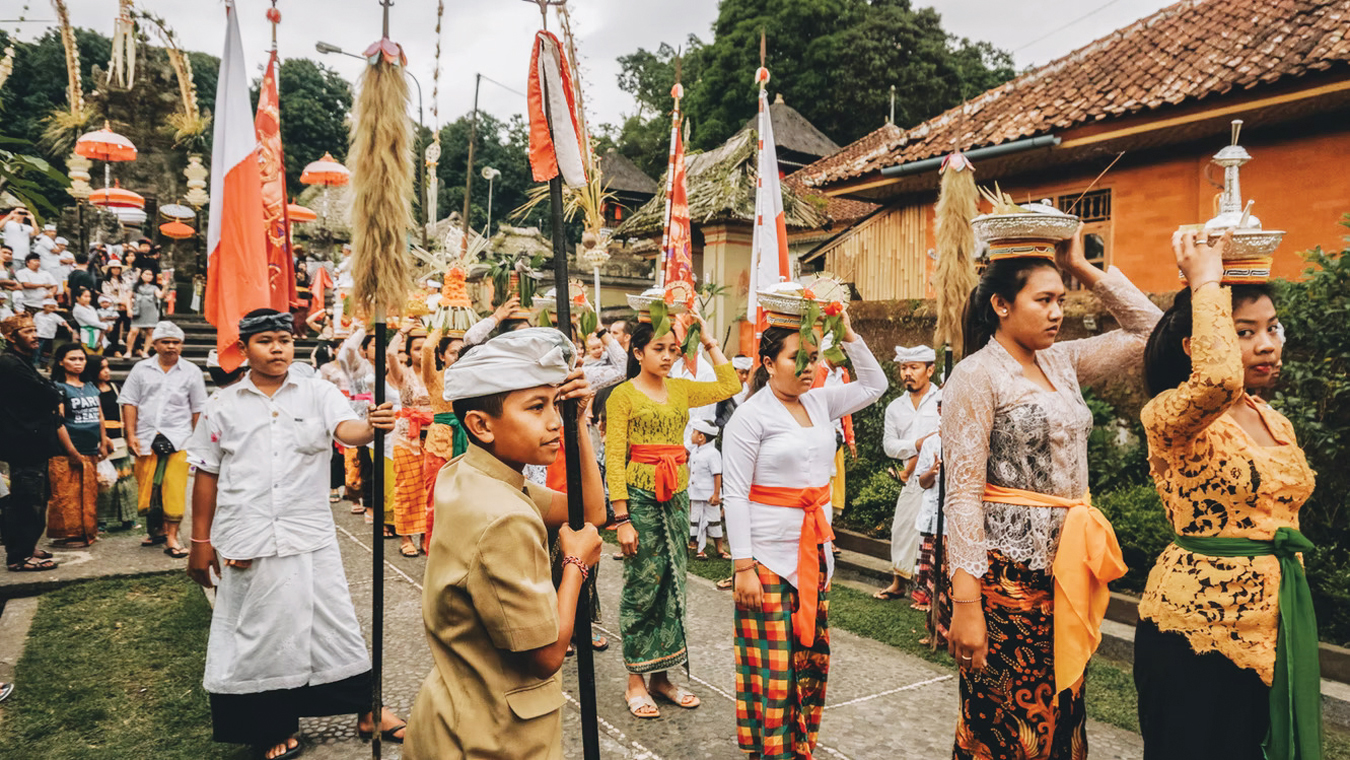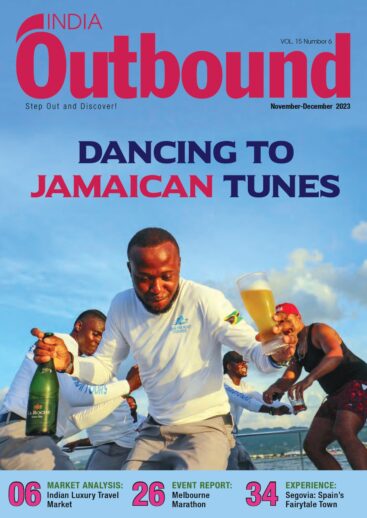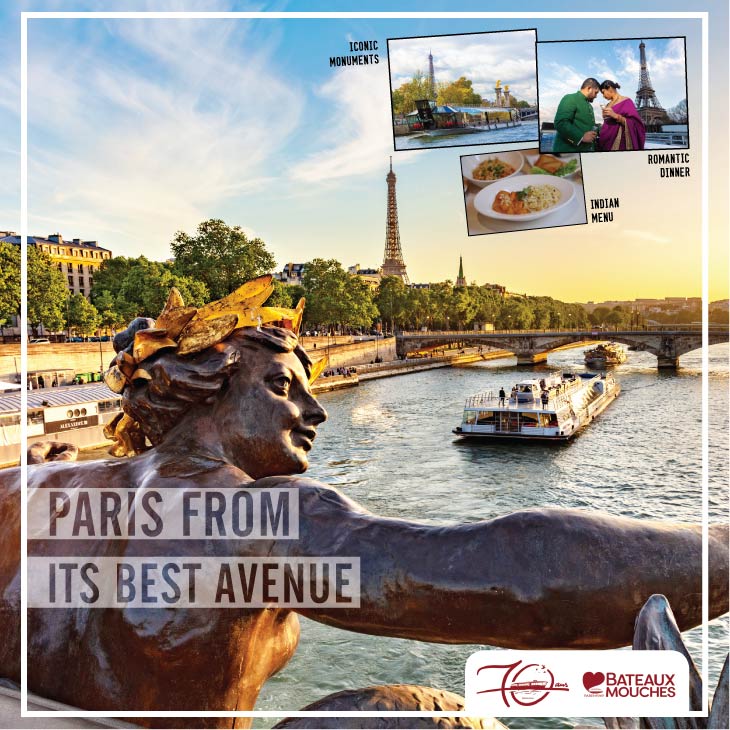
A must-see heritage site, Prambanan, is an 8th-century Hindu temple, the second largest in Southeast Asia after the iconic Cambodian Angkor Wat
Most first-timers to Indonesia would land in the capital Jakarta, enjoy its vibrant shopping and nightlife scene, then take the quick two-hour flight to the country’s famous island of Bali, popular worldwide for its beautiful beaches, iconic rice paddies, vibrant night life and volcanic mountains. Just an hour away by plane, however, lies Yogyakarta, affectionately known as “Jogja” by locals, the cultural and spiritual soul of Indonesia. The only province in the country to still be ruled by a recognised monarchy, the Sultan, Jogja was given autonomy as a “special district” due to its pivotal role in the survival of the Indonesian Republic during the War of Independence from the Dutch.
Indian travellers, especially, can revel in the cultural similarities of the archaeological sites; in fact, the city of Yogyakarta is named after the Indian city of Ayodhya, the birthplace of Lord Ram. If you are looking for one reason not to miss out on Jogja during your Indonesia trip, look no further than Borobodur temple. A popular pilgrimage site and the world’s biggest Buddhist monument, it is situated in the midst of vibrant green hills.
Built between AD 780 and 840 and restored to its current glory in the 1970s through the efforts of UNESCO and the Indonesian government, it reflects the Indian style of Gupta architecture and holds 504 statues of Lord Buddha.
On a visit with my family, we were fascinated by its sheer grandeur, spread over 2,500 sqm. Visitors must wear sarongs, if wearing shorts or dresses to enter the temple and can hire a horse-drawn carriage or choose to walk around on foot as we did, and climb the steps of the structure that resembles the Buddhist ideal of attaining Nirvana. History buffs can hire guides who will take them on a tour of the fascinating cultural trails reflected in the stone carvings in bas-relief, which display legends and stories from the life of Buddha. Another must-see heritage site, Prambanan, is an 8th-century Hindu temple, the second largest in Southeast Asia after the iconic Cambodian Angkor Wat. Designated as a UNESCO World Heritage site, it has 240 temples, mainly dedicated to the Trimurti, the triumvirate of the Creator (Brahma), the Preserver (Vishnu) and the Destroyer (Shiva), and provides a unique look at the variety of Hindu art and culture during that period.
In the evenings of May through October, near Prambanan, around 200 dancers and musicians put on a spectacular performance of Ramayana ballet. Tickets start at around INR 4,000 and the show is presented in an open-air stage against the majestic backdrop of the temple. Similar to the opulence of a traditional Ramlila performance, I was awestruck by the distinct Javanese and Balinese style of ballet, known as Wayang wong, a cultural blend of court dance, music, visual arts and literature, that lasts four nights at a time, telling the episodes of Sita’s abduction, Hanuman set on fire, Kumbhakarna’s death and Ram’s final reunion with Sita.

“Usaba Puseh” ceremony at the temple at Penglipuran Village , Bali, Indonesia
Indonesia is particularly popular for its share of the volcanic arc, also called the ‘Ring of Fire’, and one of my personal favourites from this trip was our visit to the majestic Mount Merapi, one of the most active volcanoes in the world. Perfectly cone-shaped with a peak of 2,911 m, its frequent eruptions are central to the history of the island’s Javanese kings; one story surmises that around the 11th century, the mighty Mataram Empire mysteriously vanished due to a particularly violent eruption. Now, such events are slightly less common, and the rumbling growls of the mountain have become routine for locals, who bring annual offerings to Merapi on the anniversary of the Sultan’s coronation, to appease the mountain and the sea spirits.
The best viewing point here is at the Kaliurang Observation Tower, which also houses a museum where visitors can enjoy theme rooms like ‘Volcano World’ and ‘Man and the Mountain of Fire,’ and learn about devastating eruptions such as the Krakatau Eruption in 1883 that killed thousands of people and caused a destructive tsunami. Those up for a little thrill or interested in looking at the aftermath of an eruption, can take a jeep tour up the rocky mountain to see the ash and lava left behind. Remarkably, the fatal eruptions also make this one of the most fertile areas in the world, with the lava and ash providing minerals and nutrients for the surrounding soil. At the end of the trails, stalls sell sweet, spiced mango and warm Wedang Ronde (a ginger-based drink), which tourists can enjoy in the cool air.

A Balinese theatre show called “Barong”
Back in the city-centre, the Sultan’s official palace, known as the Kraton Complex, was built in 1757 and gives tourists a peek into the daily life of the royal family and holds daily shows such as the Gamelan Orchestra and traditional Javanese court dances. As a visa is not required for Indian tourists who visit for less than 30 days, you can enjoy the various sights at your leisure, and make sure you plan to be in the city on a Saturday to experience the exciting shadow puppetry show wayang kulit, which is hugely iconic in the region.
In the surrounding area of the Kraton is the beautiful Taman Sari Water Castle, historically a pleasure garden for the Sultan’s concubines, where one can see the old ruins, bathing complex and octagonal royal courtyards reminiscent of a different time.
The centre of Jogja, Jalan Maliaboro, is also the most convenient and exciting place to stay in the city, as it is bustling with hotels, rows of pavement vendors and shops selling gorgeous batik clothes and Indonesian masks for home décor, delicious cuisine, and tourists can also see colonial traces of the city in the Dutch fort Vredeburg. Native Indonesian dishes suited specially for tropical tastes can be relished at the eateries in this area, and my local favourites include Gudeg Yu Djum Wijilan 167 and Gudeg Pawon.
Those new to Indonesian cuisine or lovers of sweet and spicy Asian food will undoubtedly love the famous rice and gudeg yogya (stewed jackfruit made with palm sugar and coconut oil), krechek (a traditional spicy beef skin side dish), ayam goreng (crispy chicken stewed in coriander, candlenut and coconut water) and finish with delectable desserts such as Bakpia (sweet pastry filled with sugared mung bean paste) and Ronde, a hot Javanese dessert made with glutinous rice balls, stuffed with peanut paste and floating in a hot and sweet ginger and lemongrass tea.
Tourists can take a break from sightseeing and enjoy relaxing activities at their leisure, in particular at the Beringharjo Market in Jalan Maliaboro, which boasts a plethora of exciting activities unique to the region and Indonesian culture, such as making batik clothes, a traditional Indonesian fabric with a complex dye pattern made by either drawing dots or lines using a spouted tool called the canting, or by printing with a copper stamp called the cap.
Jogja is actually known for being the most developed in the batik art form and textiles. Not only can you learn a new skill, but you can have ready-made personalised Indonesian souvenirs to carry home at the end. You can also watch the ingenious process of making Indonesian masks at Bobung village in Wonosari and just a 30-minute drive from the centre is Kota Gede, an ancient town famed for its extraordinary silver handicrafts and art, where you can learn silver jewellery making from experts.
A trip to Yogyakarta will undoubtedly be an eye-opening artistic and spiritual experience: a chance to experience the unique multicultural blend of tradition and history while witnessing some of the greatest natural and man-made sights the country has to offer.





















